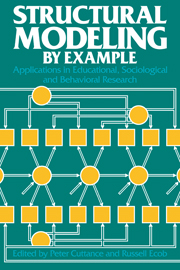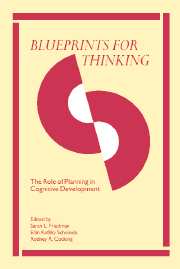Structural Modeling by Example
Structural Modeling by Example offers a comprehensive overview of the application of structural equation models in the social and behavioural sciences and in educational research. It is devoted in roughly equal proportions to substantive issues and to methodological ones. The substantive section comprises case studies of the use of these models in a number of disciplines. The authors emphasize the reasons for modeling by these methods, the processes involved in defining the model, and the interpretation of the results. Each substantive chapter includes an exemplary data set and formal model construction of give readers practice in setting up the models and interpreting the results. The methodological section comprises investigations of the behaviour of structural equation modeling methods under a number of conditions. The aim is to clarify the situations in which these methods can usefully be applied and the interpretations that can be made.
Product details
July 2009Paperback
9780521115247
332 pages
229 × 152 × 19 mm
0.49kg
Available
Table of Contents
- Preface
- List of contributors
- 1. Introduction Peter Cuttance and Russell Ecob
- 2. An overview of structural equation modeling Russell Ecob and Peter Cuttance
- 3. Field dependence and the differentiation of neurotic syndromes Katharine R. Parkes
- 4. High school seniors' reports of parental socioeconomic status: black-white differences Lee M. Wolfle
- 5. Modeling the hierarchical structure of learning Peter W. Hill
- 6. A study of longitudinal causal models comparing gain score analysis with structural equation approaches Leslie Hendrickson and Barnie Jones
- 7. Some structural equation models of sibling resemblance in educational attainment and occupational status Robert M. Hauser and Peter A. Mossel
- 8. Applications of structural equation modeling to longitudinal educational data Russell Ecob
- 9. The robustness of maximum likelihood estimation in structural equation models Anne Boomsma
- 10. An inquiry into the effects of outliers on estimates of a structural equation model of basic skills assessment Joan K. Gallini and Jim F. Casteel
- 11. Testing structural equation models W. E. Saris, J. Den Ronden and A. Satorra
- 12. LISREL models for inequality constraints in factor and regression analysis Henk Kelderman
- 13. Issues and problems in the application of structural equation models Peter Cuttance
- Appendix
- Glossary
- Index.









